Pakistan as a ‘fruit paradise’ (1)

Sad news arrived from Haripur: 1 dead in earthquake
February 13, 2021
How many kilos would one put on during a ‘Pakistani Ramadhan’?
February 16, 2021Researcher Doğan Yücel wrote about the variety of fruits, a rarely known aspect of Pakistan. Comparing with similar fruits in Turkey, Yucel added his own experience and came up with a delightful text in name and taste.
Pakistan is a country with continental climate in the north and northwest, and a tropical climate along the Indus river in the middle, northeast and south. Most of the remaining parts are desert. Therefore, it is very diverse in terms of fruits and vegetables. There is a good tradition of fruit treats in Pakistan. In places where there are fruit orchards such as Khairpur Mirs and Multan, the owners of the orchards allocate a few of the trees to give their fruits as gifts to friends or guests. Pakistani colleagues at the PakTurk Schools used to bring fruits from their own or relatives’ orchards to Turkish colleagues as gifts. Pakistani friends and colleagues would also definitely treat Turkish friends with fruits whenever they visited their houses.
The king of the fruits: Mango
In Pakistan, everyone knows the Urdu word ‘aam’ for mango, but almost no one uses this word. In the markets, vendors do not call out, “I sell mangoes” and nobody uses the expression, “I want to buy mangoes.” Rather, the customers tell the name of the mango variety they wish to buy. Vendors also write the names of the mango varieties on the cards with prices. Customers also know which variety of mango comes out in which month. In fact, people also know which mango grows in which region the best.
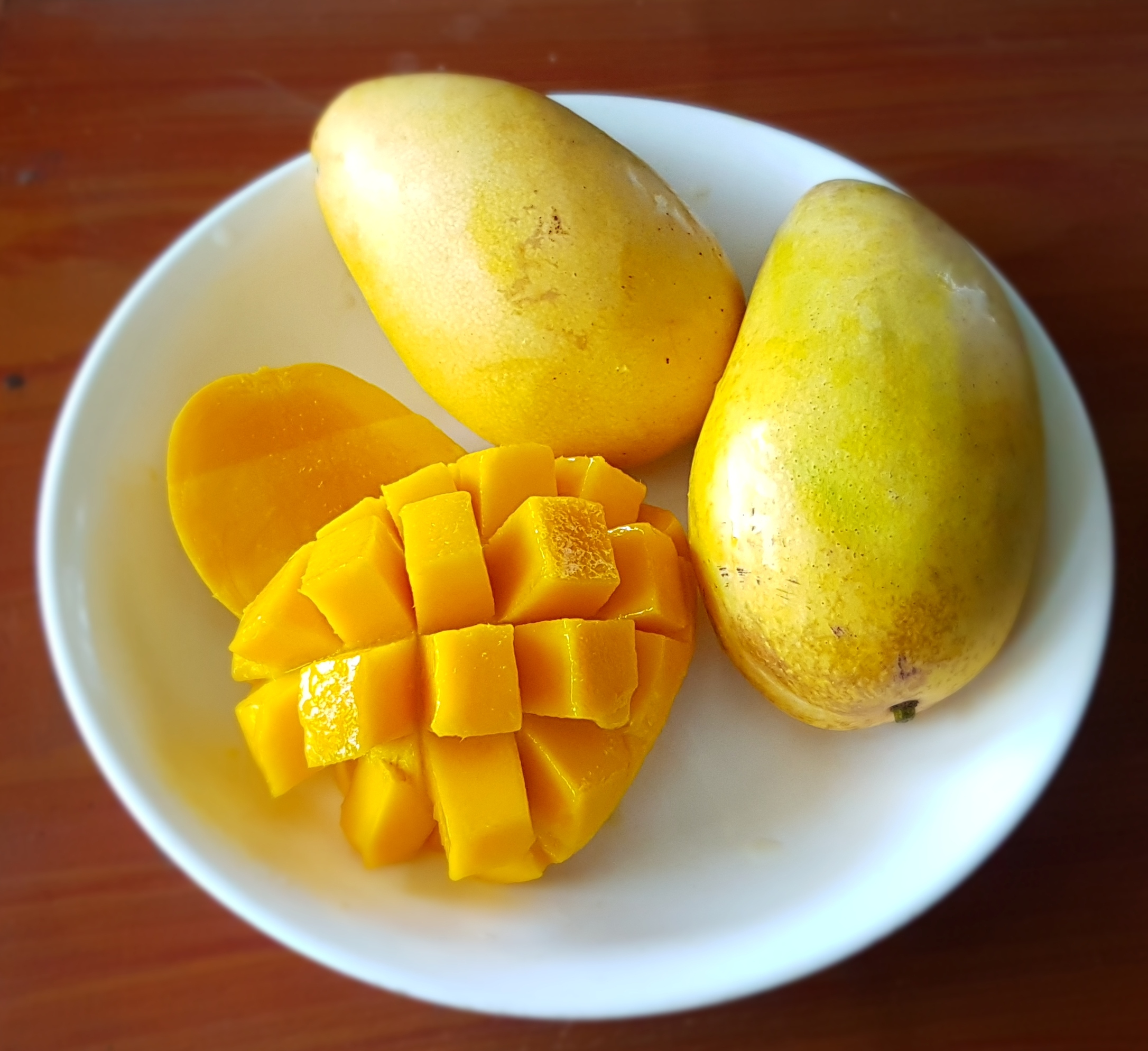
As Turks who did not eat a mango in their life, we generally would not be able to eat mango during our first year. It would taste very sweet and sour at first. Especially ‘sindri’ and ‘fajri’ have substantially sharp taste. Fruit juice is extracted from sindri. Langra is quite large and slightly greenish yellow in colour. Dussehri is slightly reddish dark yellow in colour and has a mild taste. As for me, I think Anwar Ratol is the king of the kings; it is slightly reddish and of the size of an apple. It matures later than other varieties.
How to eat mango?
It is stated that around 60 mango varieties are grown in Pakistan. According to Pakistanis, the most beautiful mangoes in the world are grown around Multan. The Multan region is where the alluvial and rich soils meet the tropical climate. Pakistani people send mangoes to their relatives in the UK, USA and Canada with cargo. The seed of a mango is large, like that of a peach. Mango, which has a thick skin, cannot be eaten as peeled. It is cut by peeling off the core and is cut squarely on the shell before eaten. Since it is very fibrous, some people crush it by hand, open a hole at the top and suck the contents.
There was presumably a fertile dussehri tree in the garden of the PakTurk School in Gulberg, Lahore. We were not destined to see it bear fruit and taste its fruits. Because we went to Turkey in the summer holidays and on our return, we would always find all the mangoes picked and eaten by the school janitors.
Among the cities where the PakTurk Schools were located, Khairpur was perhaps the most fortunate in terms of mango varieties. Khairpur Mirs is a place rich in orchards that stretch far and far away. We too managed to learn some of the mango varieties: fajri, sindri, Anwar Ratol, dussehri, langra, chaunsa, tut pari … It is estimated that about 25-30 mango varieties are grown commercially. According to the Daily Times, it is stated that there are 1,595 mango varieties worldwide (dailytimes.com.pk). In the evening of my first day in Pakistan, I had drunk mango juice in Islamabad. I still cannot remember how I managed to finish that little pack. I had felt such a thick taste.
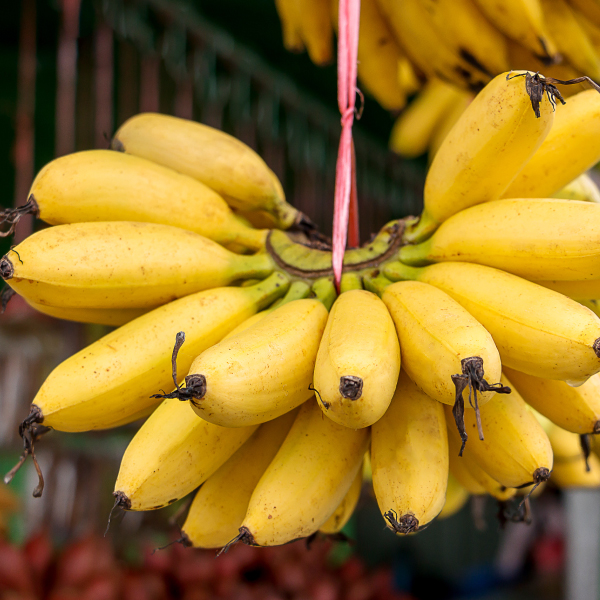
Sold by the dozen: Finger-sized bananas
Khairpur Mirs and Sukkur in particular are famous for their finger-sized bananas. Until you come home from the market, you will have finished eating one or two darjan (dozen/s) on the way. Bananas are not sulphurised or anything. They are eaten as they are in their ripe form. Those who eat imported bananas after leaving Pakistan will know the difference. Banana groves stretch for miles in Khairpur Mirs yield trucks-full bananas in winter. When you look at them, it seems that the gardens stretch forever. In the markets, bananas are sold by the dozen. The vendors buy their shares of bananas from auctions in the morning market and sell bananas counting them by the dozen until the evening. Bananas are sometimes sold in a marketplace, sometimes behind a donkey cart.
Offering Rs. 20 for Rs. 15-worth bananas…
Those were the days when I had just arrived in Lahore. We were staying in a bachelor pad in the Makkah Colony because it was close to the school. There was a public market set right on the plot between the railway track and our house. I was in charge of the food and shopping in the house.
One day, in the afternoon, I went out again to buy fruits and vegetables for the house. Pakistan has the famous finger bananas. Bananas are not sold by weight except in supermarkets in Pakistan. I asked a street vendor to give me a darjan (dozen) of bananas. The man counted a dozen of bananas, cut them off the main bunch, and put them in a plastic bag. I asked the vendor the price of the bananas. “Pandra,” he replied. I was still a newcomer and I only knew the Urdu numbers as “daas, bees, tees, charlees (10, 20, 30, 40)”. I thought and I counted under my breath, “daas, bees, tees, charlees …” but “pandra” was not among those. I said to myself, “I think this guy saw me as fair-complexioned and he increased the price because I am a foreigner.” Later, I said, “No way!” to the vendor and added “Bees (20) is enough.” The man did not give me the bananas. I started negotiating with all the little Urdu I knew. After really insisting on the vendor, I squeezed the 20 rupees banknote in his hand and pulled the bag of bananas from him. On Monday, I told this story to one of the teachers who was married to a local and had been living in Pakistan for many years. He told me that ‘pandra’ meant ’15’. It turned out that the vendor did not give the bananas to me, because he was restrained by surprise, “Why is this guy offering me 20 rupees for a dozen of bananas that cost 15?”
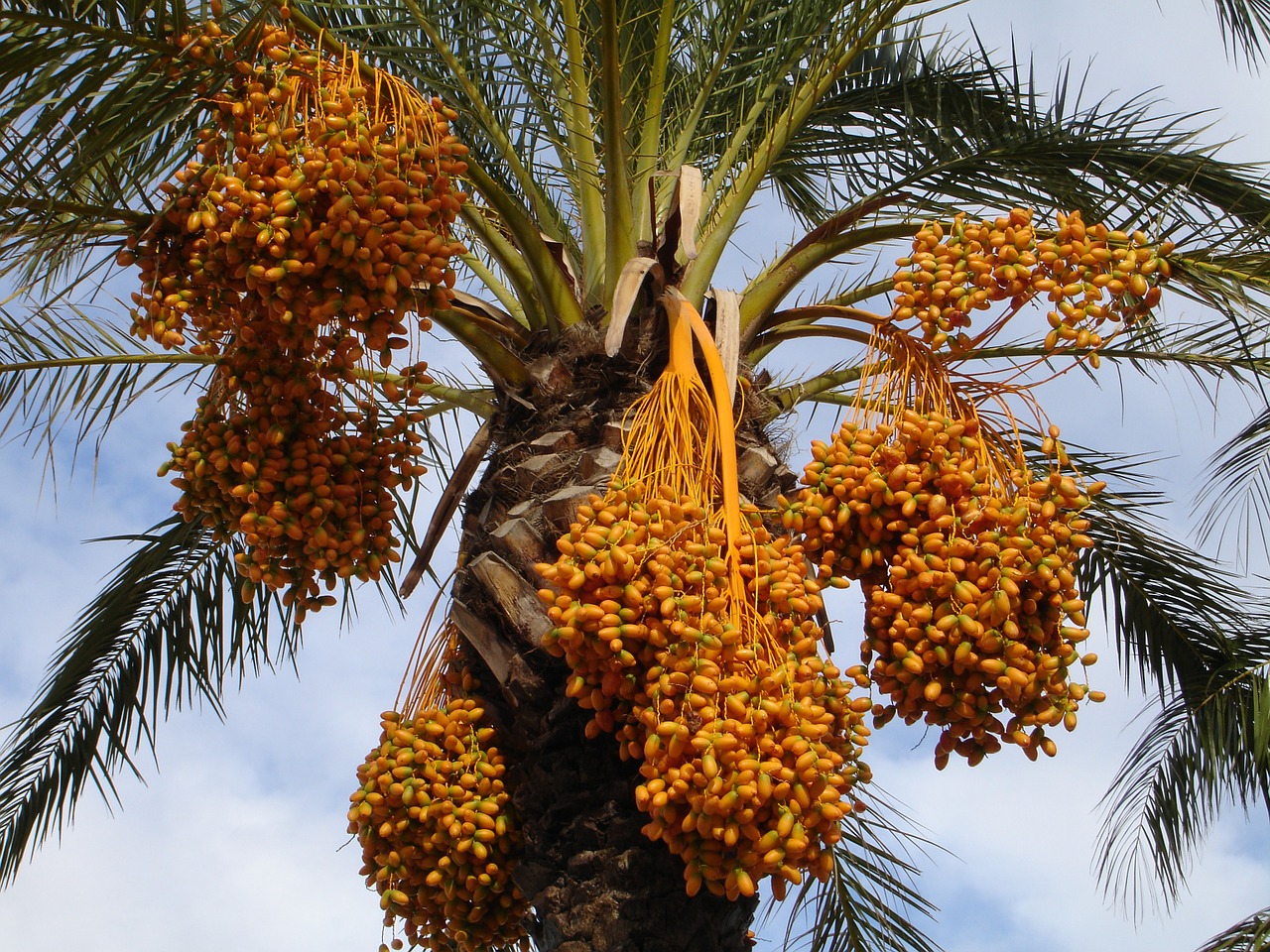
Dry but sweet: Dates
Pakistan has a yellow, wrinkled and dry date which is very sweet in taste. In Khairpur Mirs, they remove the seeds, stuff cashew nuts or almonds and sell them in packets. It is also common for those who taste them at first and mistake the almonds as seeds. Someone better warn them! The dates are mostly grown in the south of the country. In summers before going to Turkey, we would request dates from our friends in Khairpur and they would send us packets. We would gift those packets to our relatives and acquaintances in Turkey. After the dates are boiled, they are ready for sale. However, there are also fresh dates to be eaten as fresh. They may seem a little different at first, but they bind you with their spell on the second or third one at most!
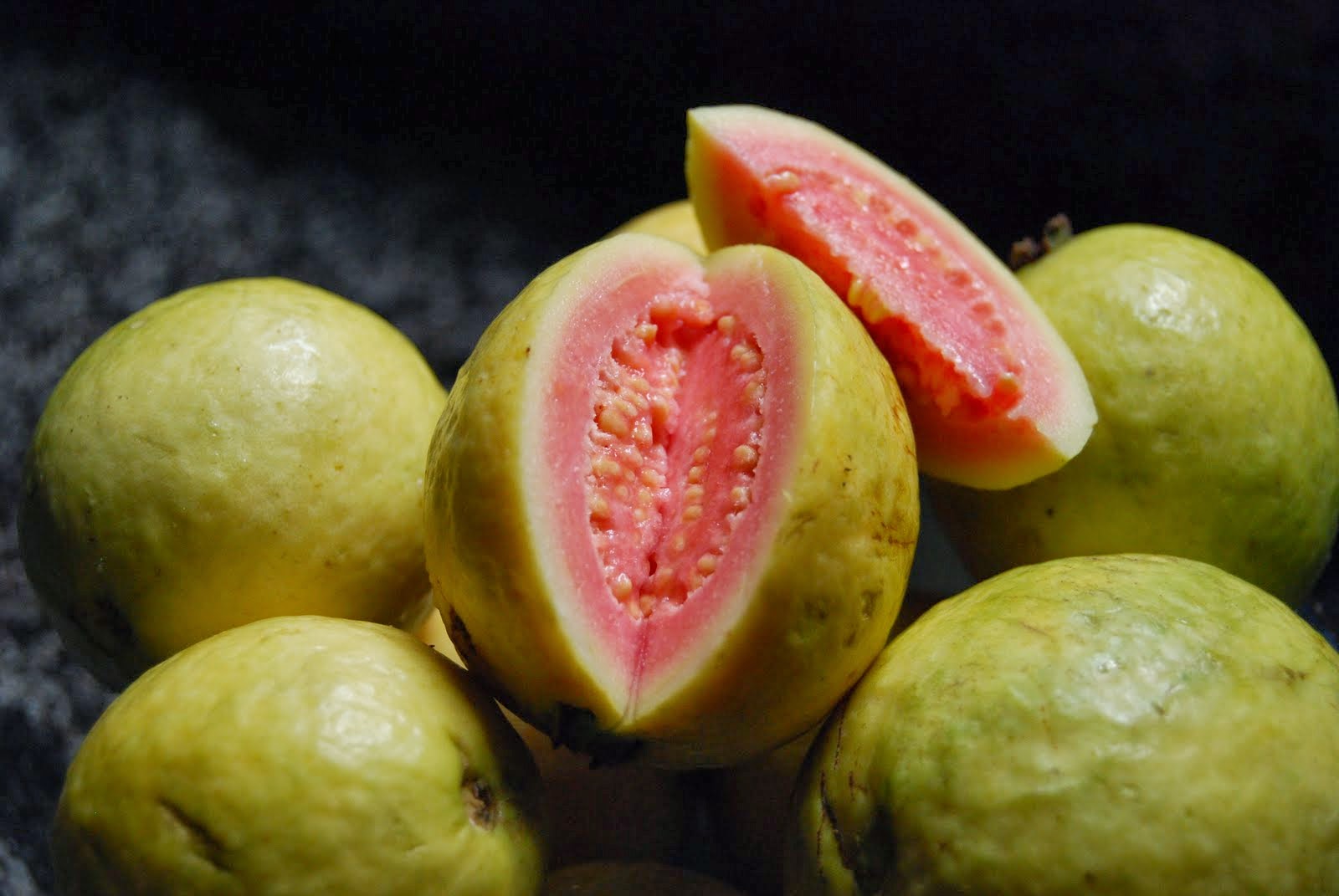
We thought it was a pear
When we were single, I and a math teacher of mine were shopping at the public market. We saw a slightly yellowish green pear-like winter fruit. We said, “I think Turkish and Urdu words are very similar to each other. What they call as amrood here must be our “armut” (pear). No doubt, they changed the pronunciation of the word.” We bought one or two kilos of that. When we got home, we peeled the fruits. Just as we put a slice in our mouth, we immediately took it out. It had a sweet and sour taste, but this fruit, which was similar in color, shape and name, had nothing to do with our ‘pear in terms of taste. Hence, we learned through trial and error that ‘armut’ (pear) and ‘amrood’ (guava) are two different fruits. I do not remember if I managed to eat much guava after marriage, but my wife liked it very much. I used to buy, and she would eat it mainly herself. Some Pakistanis call amrood a “doctor.” “hard and small seeds specifically clean the intestines,” they say.
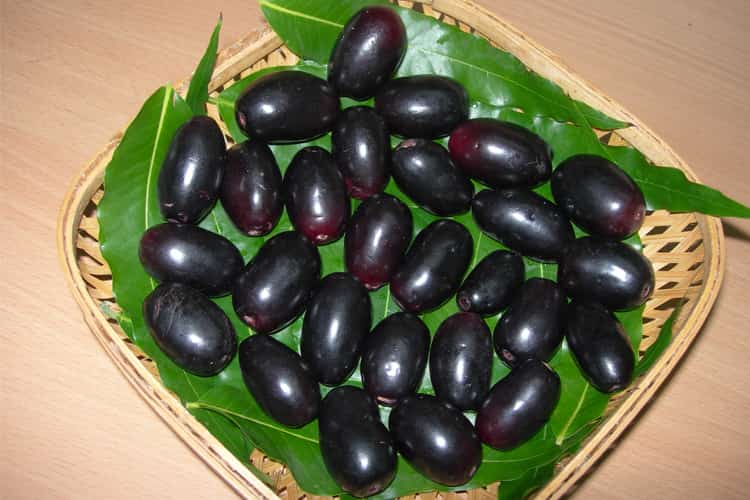
A mixed fruit: Jamun
In Punjab, there is a purple-colored fruit that looks and tastes like a mixture of sour grapes and olives. It’s locally called ‘jamun’. Due to its shape, they call it ‘zaitoon’ (olive) in Sindh. It comes out before summer and is sold in large fruit baskets. Sometimes and due to boredom, you may see vendors who lined them in rows in the baskets. 😊 Jamun is purple and fleshy inside. If it is same fruit, it is what we call ‘kizilcik kirazi’ (dogwood cherry) in some parts of Turkey. The British call it ‘Java plum’. Jamun juice is very popular. Some of our local colleagues would prepare jamun sherbet.
To be continued…

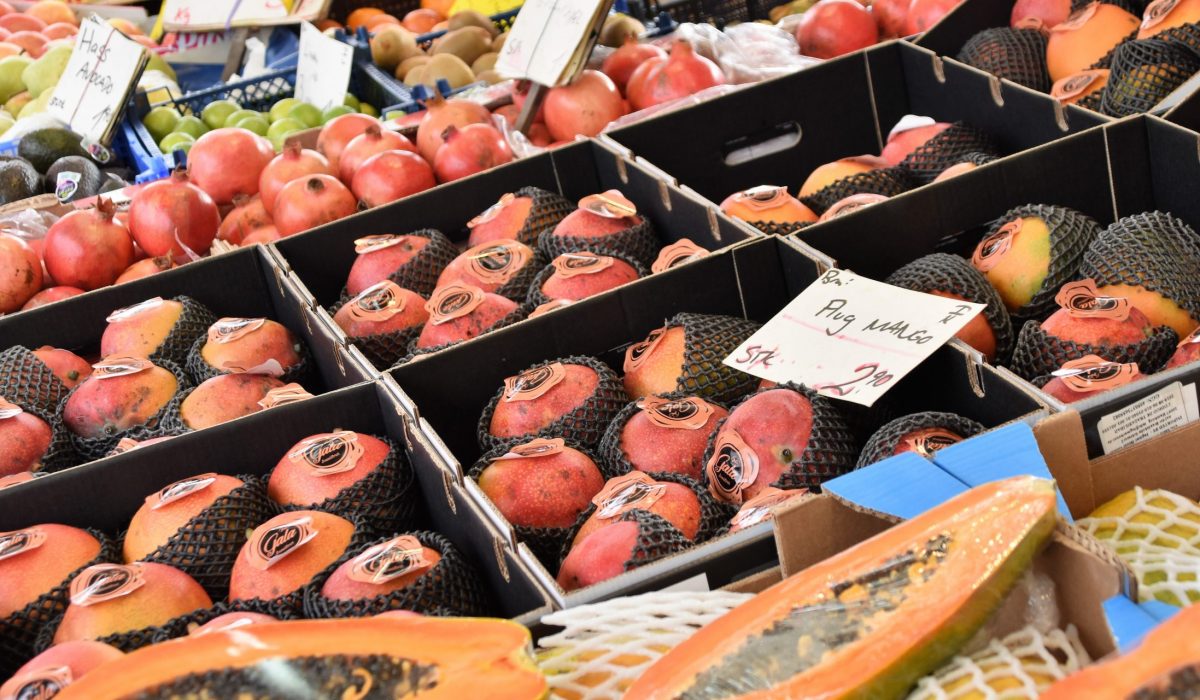
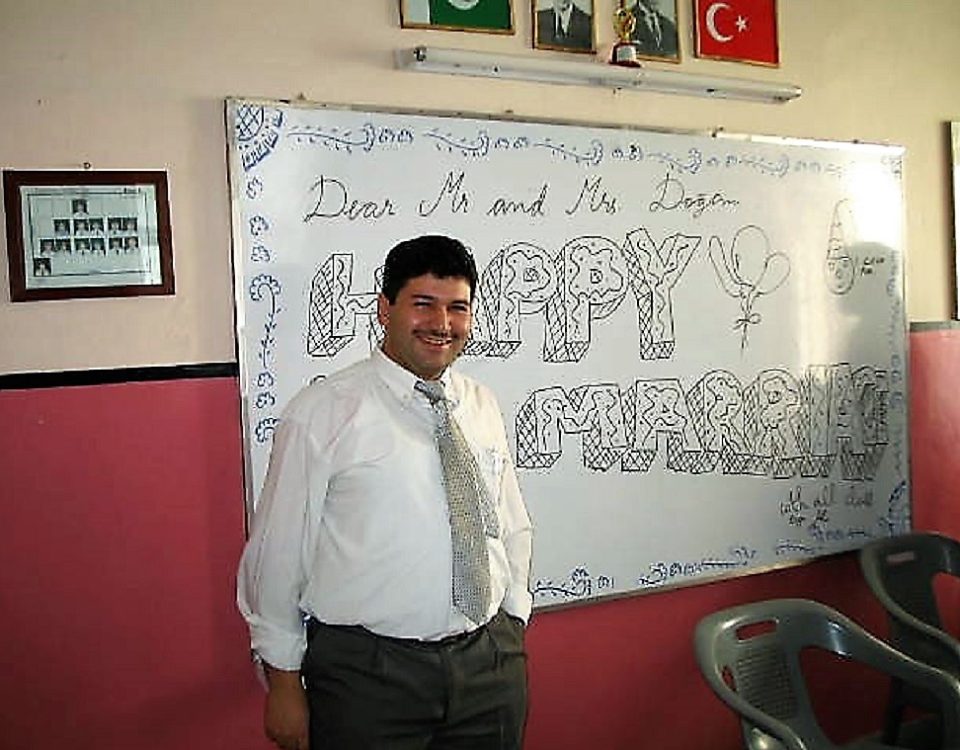
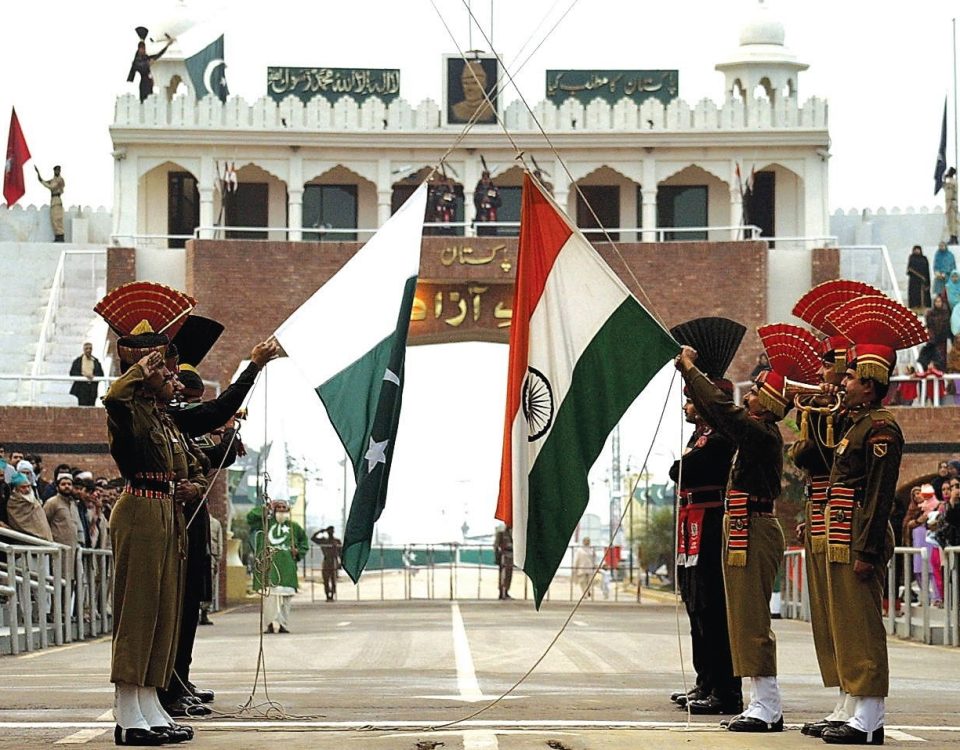
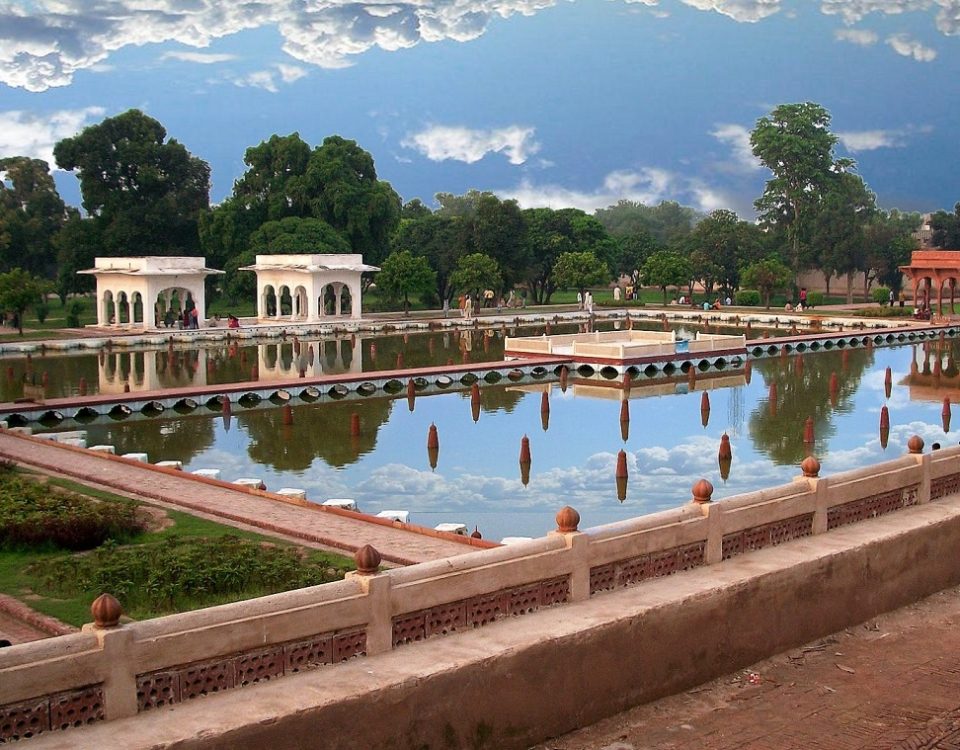
No Comment.